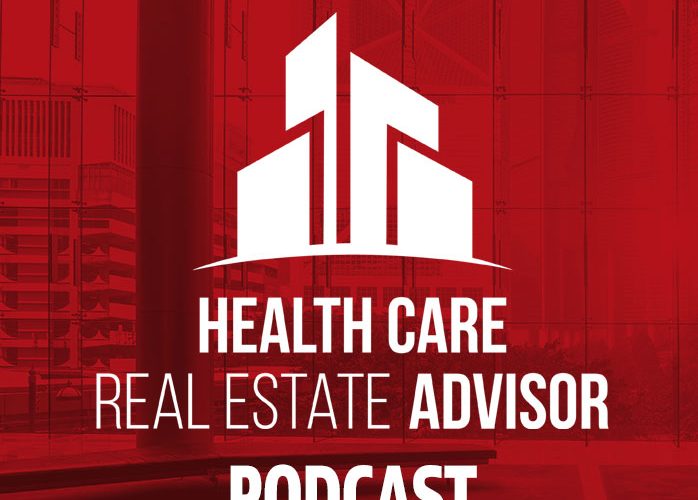An interview with Kevin Jones, Managing Director and Real Estate Practice Leader, ZRG Partners
An interview with Kevin Jones, Managing Director and Real Estate Practice Leader, ZRG Partners In this interview, Andrew Dick sits down with Kevin Jones, Managing Director and Real Estate Practice Leader with ZRG Partners to talk about professional development and executive recruiting in the healthcare real estate industry. Podcast Participants Andrew Dick Hall Render Kevin…
Read MorePodcast: Play in new window | Download
Subscribe: RSS

